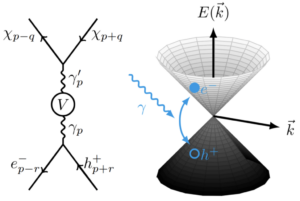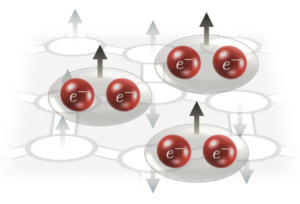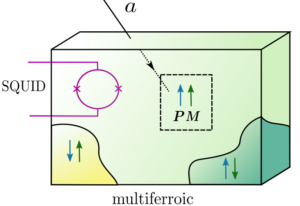Research Fields
Dirac Materials
Dirac materials are characterized by the existence of low-energy excitations that can be described by the Dirac equation, usually reserved for relativistic particles. Our research focus is on the study of transport properties, pumped Dirac materials, and bosonic Dirac matter.
Dynamic orders and superconductivity
We study dynamic quantum matter as a method to unveil hidden and entangled order parameters. Examples include dynamic multi-ferroicity, odd-frequency superconductivity, and non-hermitian systems.
Materials informatics and the OMDB
We combine ab-initio calculations of organic materials with machine learning algorithms to develop predictive models for properties of organic compounds. Our open-access Organic Materials Database includes more than 40000 materials.
Dark matter detection
We develop novel platforms for the detection of axion dark matter in condensed matter systems. In particular, we propose a detector design based on multi-ferroic materials.
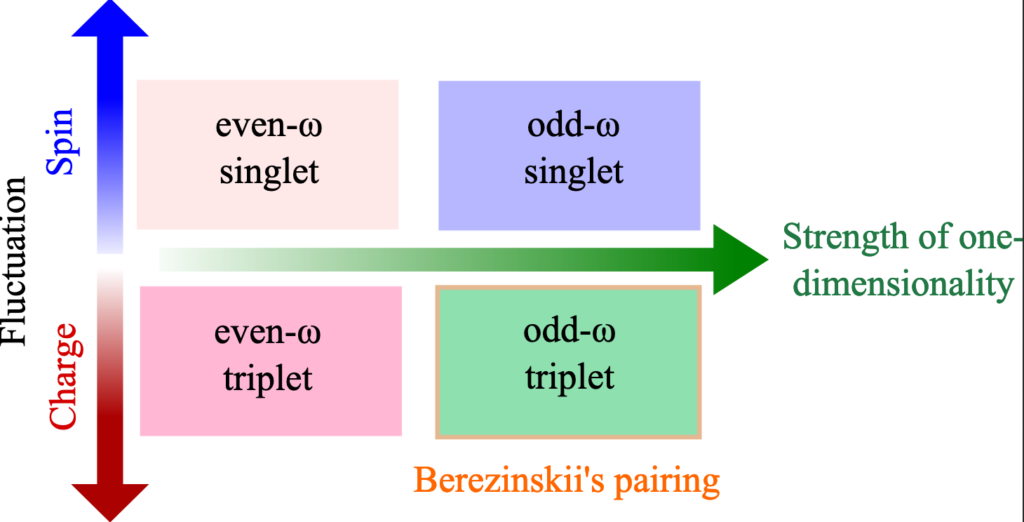
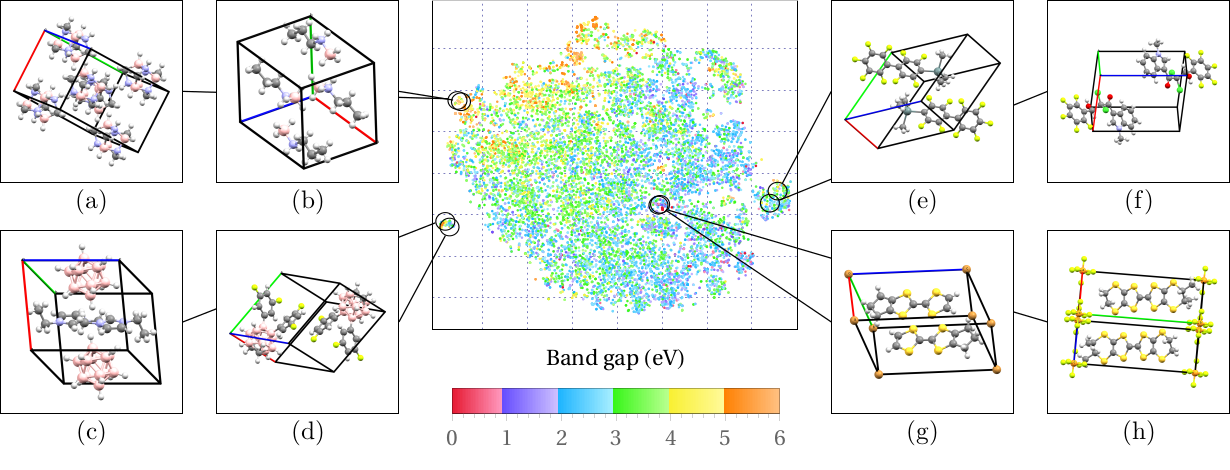
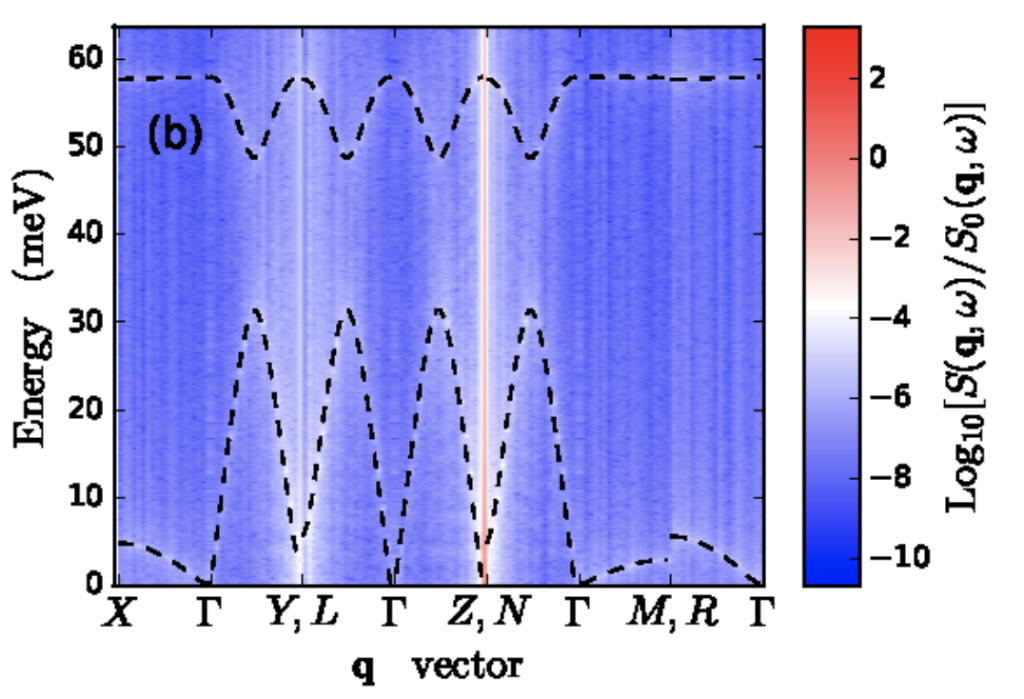
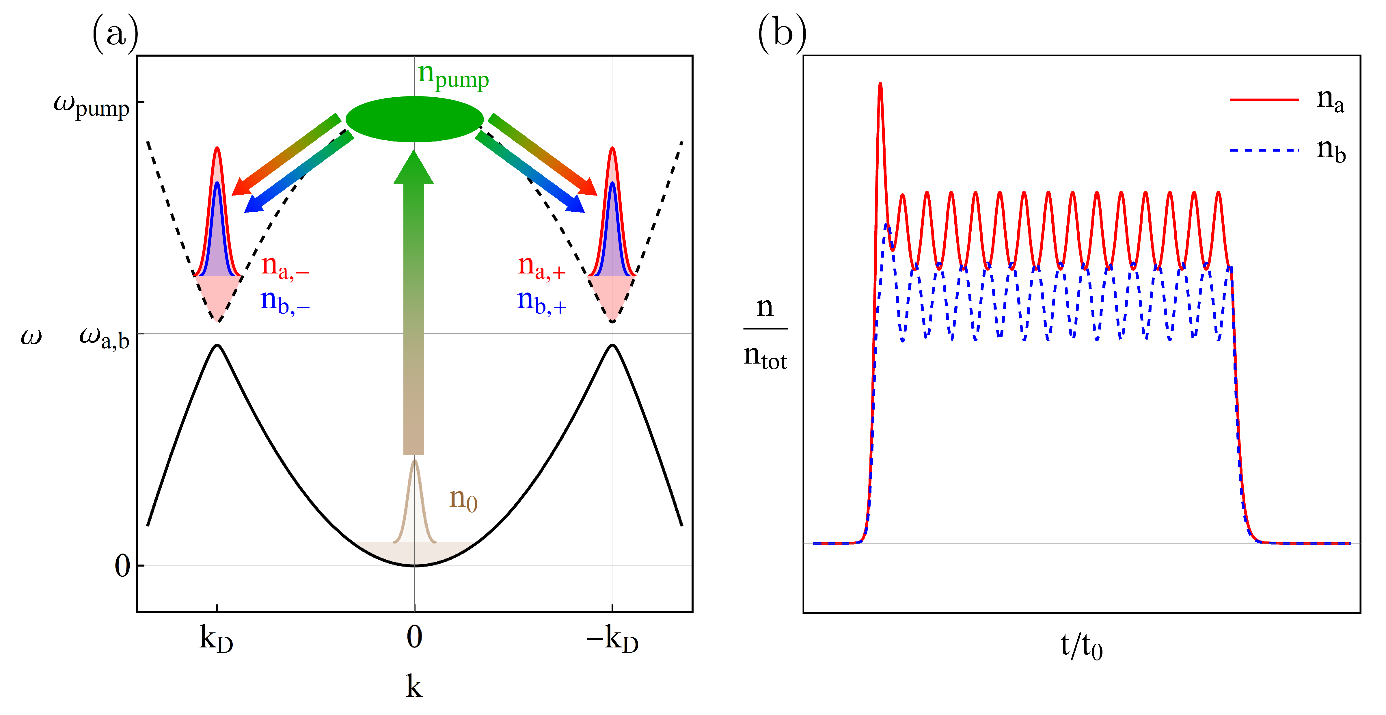
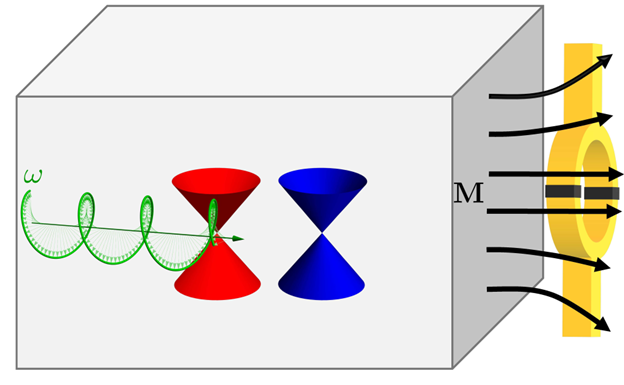
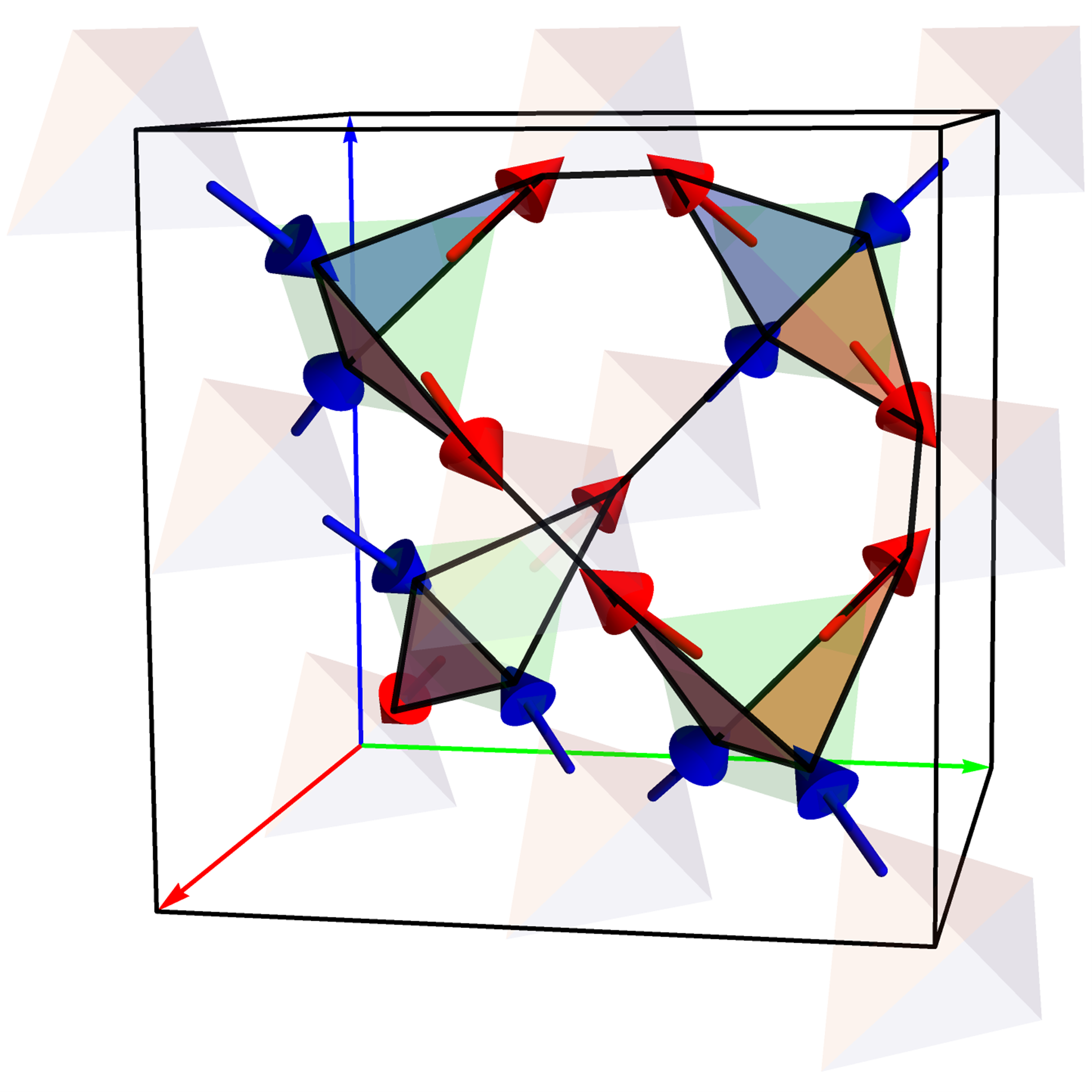
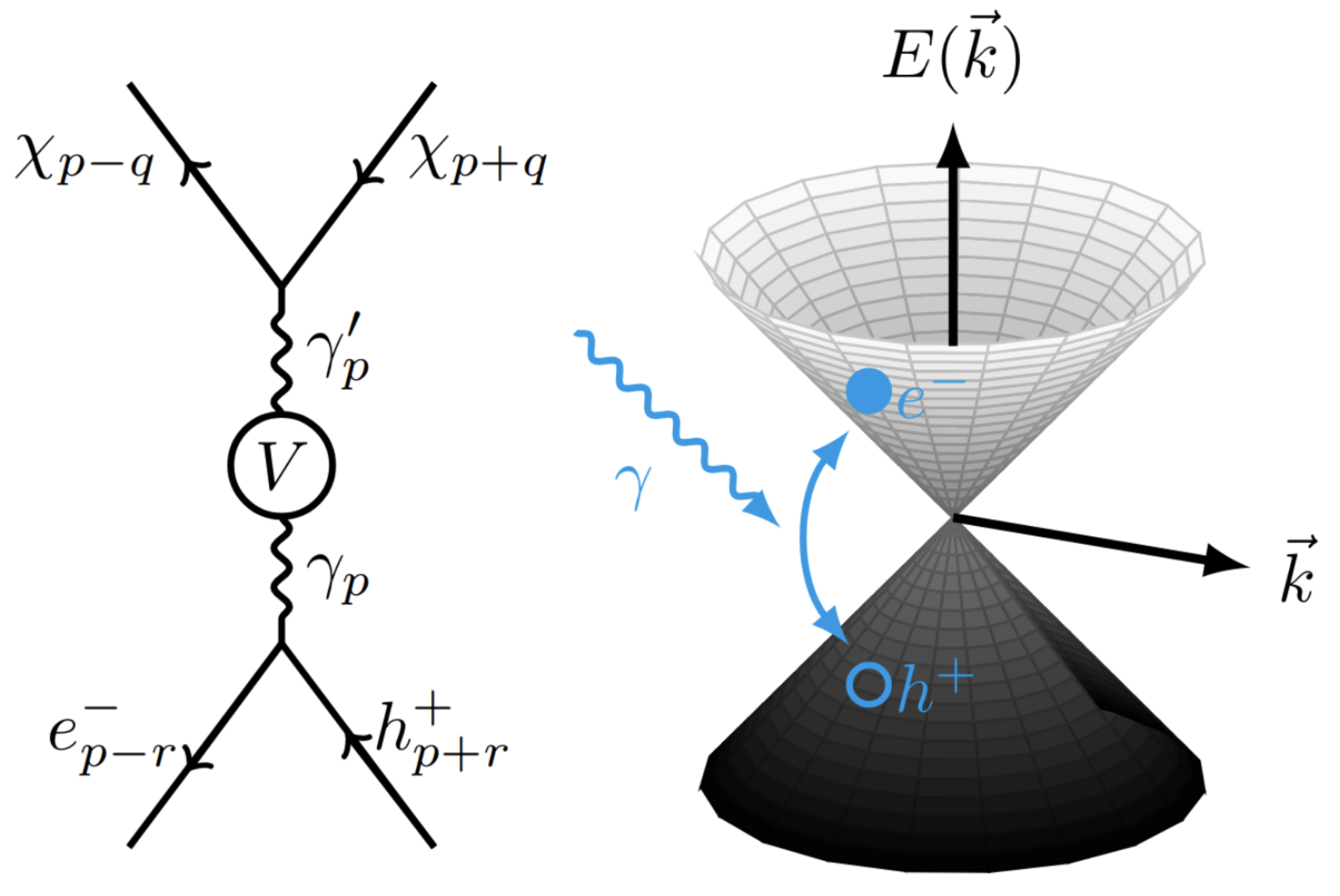
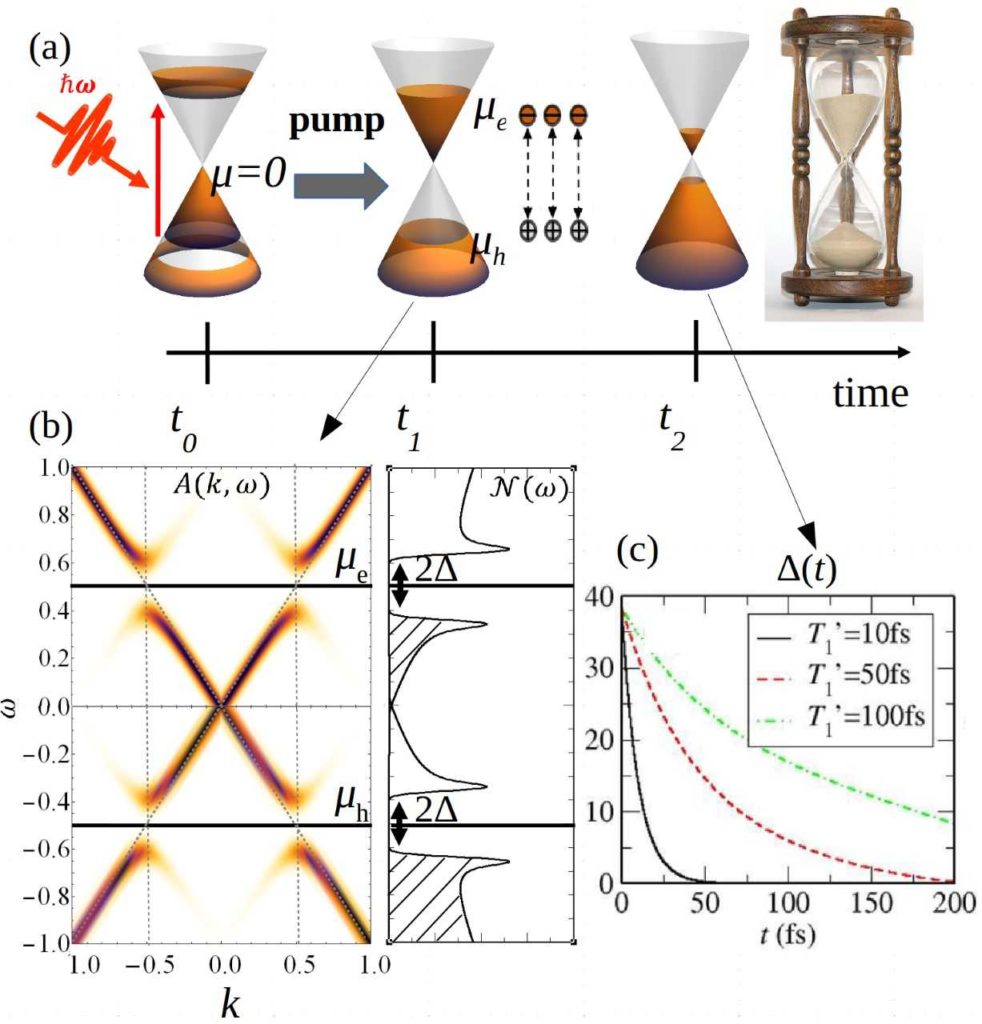
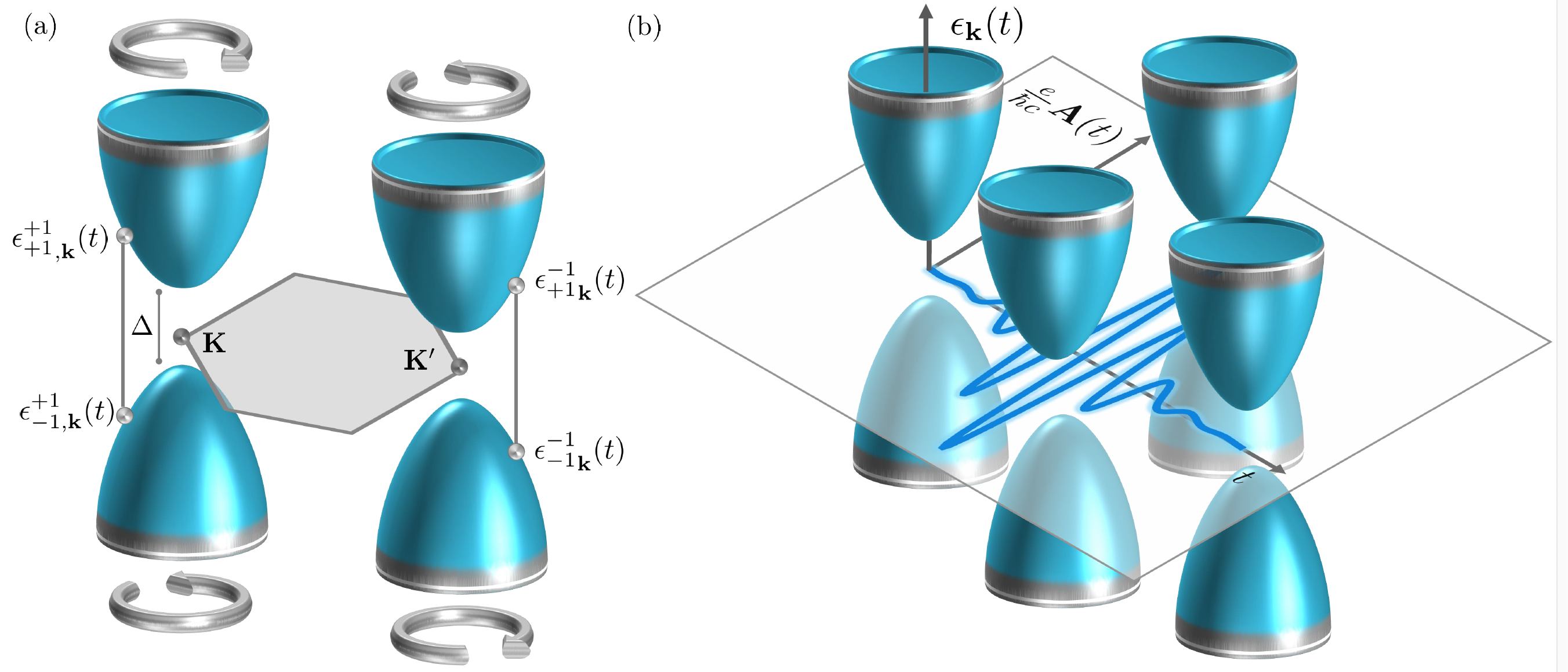

ODD FREQUENCY
Odd frequency superconductivity (OFSC) or Berezinskii pairing is a nontrivial manifestation of dynamical order, where the Cooper pair amplitude is odd in relative time. This possibility extends the conventionally allowed symmetries of the pair amplitudes. It is a rich and testing playground for the dynamics of quantum matter.
MATERIAL INFORMATICS
Machine learning has entered the field of quantum matter with applications covering quantum materials and the many-body problem. Interpretable and computationally-efficient machine learning models are able to capture the structure-property relationship in materials science.
ODD-FREQUENCY
Organic Materials Database (OMDB)
Materials with competing ground states and phases constitute a challenge for ab initio based modeling. A prominent example are magnetic materials. We have extended the Organic Materials Database (OMDB) to include magnetic excitation properties.
DIRAC MATTER
Dirac matter can also be composed of bosons and not just fermions as it is normally assumed. If a large accumulation of bosons at the Dirac point is achieved, a Dirac BEC can be formed. The coherence is evident from Rabi oscillations between condensates on different sublattices.
Dirac materials
Dirac matter allows axial gauge fields sensitive to the nodal degree of freedom, corresponding to the motion of Weyl nodes in energy or momentum space. This effect can create a static magnetization via the dynamical axial electromagnetic fields in Dirac and Weyl semimetals.
Materials informatics
We developed a systematic approach to study magnetic phase diagrams that uses persistent homology, a recent computational method that is a type of topological data analysis. This method can capture both phases with and without long range magnetic order, such as the ferromagnetic and spin ice phase. Persistent homology also provides valuable insights into different phases.
Dark Matter Detection
Dirac materials have a wide range of applications and have even been proposed as a sensor material for dark matter particles. The energy range accessible by the small gap in massive Dirac cones provides the sensitivity to search in the sub-MeV mass scale. The small gap filters out the background thermal noise while still capturing excitations due to dark matter
PUMPED DIRAC MATTER
Driven or non-equilibrium Dirac materials offer a new platform for investigation of collective instabilities. Recent pump-probe photoemission experiments on graphene and three-dimensional (3D) topological insulators (TIs) show the existence of a long-lived population inversion, a situation when photoexcited electrons and holes form two independent Fermi-Dirac distributions. Motivated by these results, we propose to search for transient excitonic instability in optically-excited DMs with population inversion.
OPTICS - DIRAC MEDIA
The result of applying an external electromagnetic field on a medium manifests itself the creation of screening fields from within which consequently change the polarisation of the medium. The temporal dynamics of such polarisation fields then create electric currents. The relationship between the current and the external field is highly nontrivial in general, as it depends not only on the internal properties of the medium, but also on the excitation regime of the field. Low intensity fields tend to produce polarisations which scale linearly with the intensity and to generate currents oscillating at the same frequency as the external perturbation.
DIRAC AND WEYL SEMIMETALS
Dirac and Weyl semimetals are unique condensed matter materials, whose low-energy electron quasiparticles are described by the relativistic-like Dirac and Weyl equations, respectively. The hallmark properties of their quasiparticle states are their linear dispersion relations and well-defined chiralities. The band structure of Dirac and Weyl semimetals contains a discrete number of touching points known as the Dirac points and the Weyl nodes, respectively.

